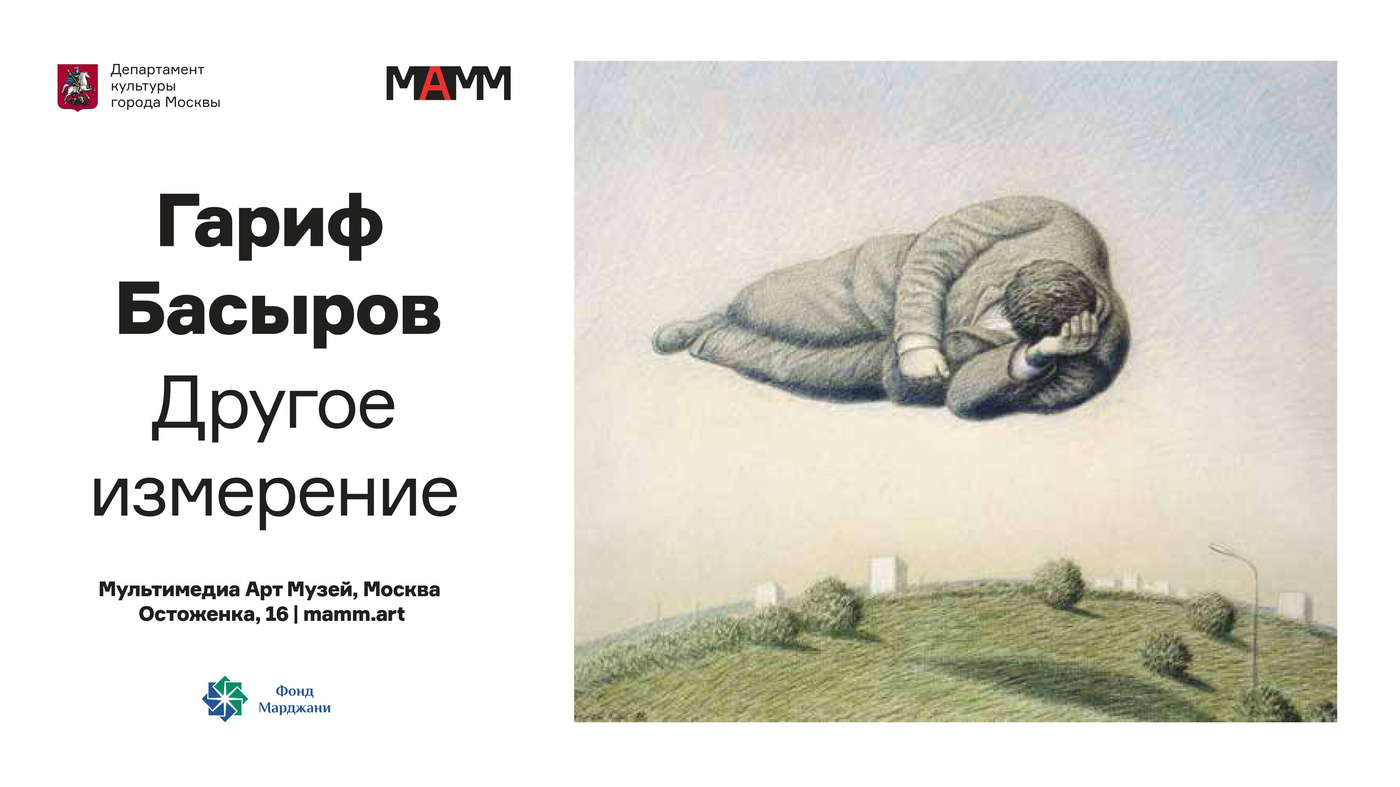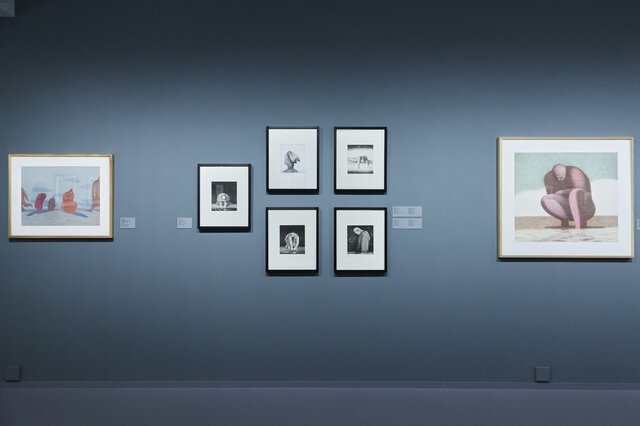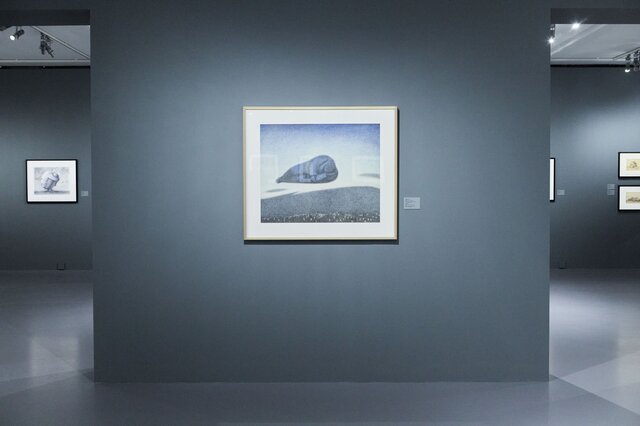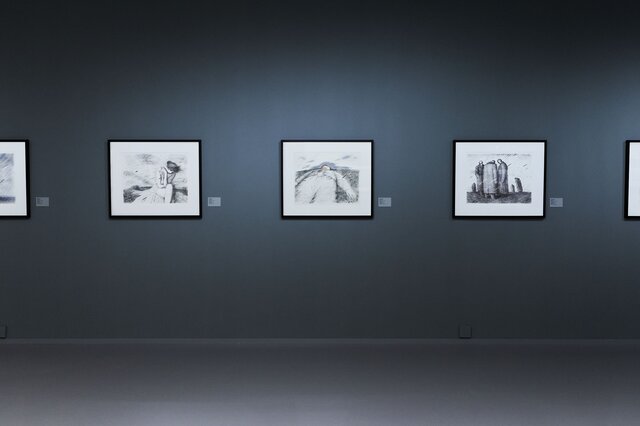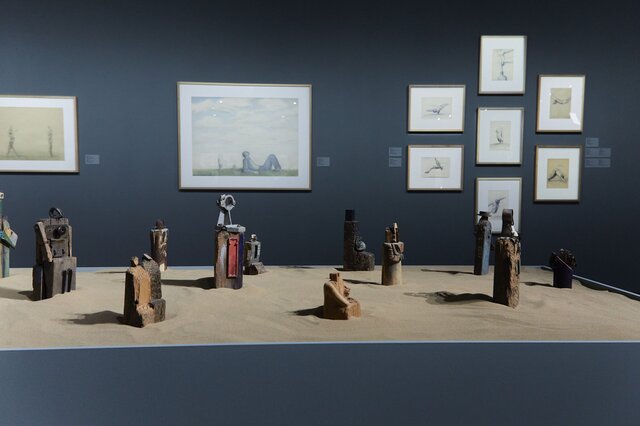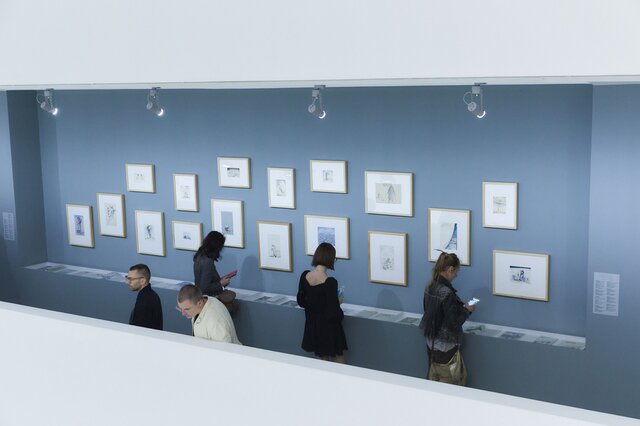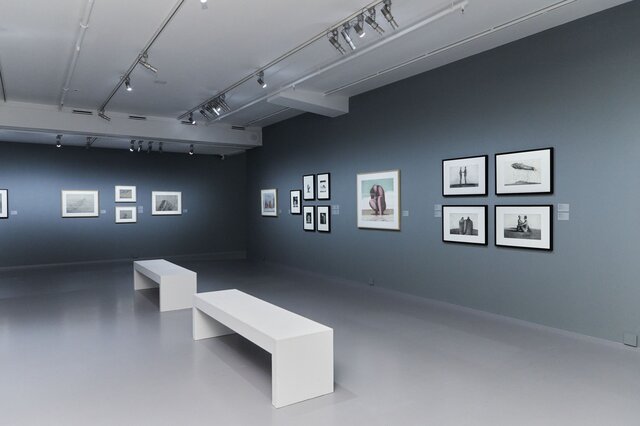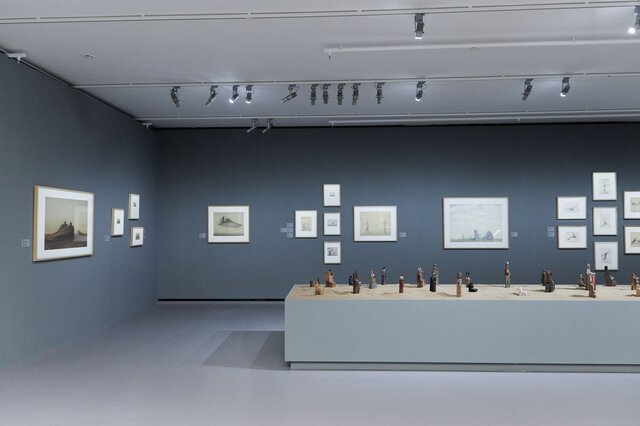Garif Basyrov is an artist and illustrator, without whom the history of modern Russian art in the second half of the 20th century would be incomplete. He was born in 1944 in village No. 26 of ALZHIR (the Akmola camp for the wives of traitors to the Motherland) in Kazakhstan. In 1958 he entered the famous Moscow Secondary Art School. In 1963-1968 he studied at the All-Union State Institute of Cinematography (VGIK) at the Faculty of Art. Collective work on films burdened the individualist Basyrov, who believed that "an artist should be alone", because "birth, creativity and death occur alone, and collectivism is inappropriate here". After graduating from VGIK, he devoted himself entirely to drawing, and also began to engage in etching and lithography. Graphics became his main medium. In 1975, Basyrov joined Chemistry and Life and worked there for 15 years. He made an "aesthetic revolution" in the magazine. The issues with his original and witty illustrations were incredibly popular and shaped the visual culture of more than one generation of readers.
In the large series of paintings "The Inhabited Landscapes" and "The Townsfolk in the Countryside", which the artist created "for himself" between the late 1970s and early 1990s, the artist rethought the techniques of metaphysical and surrealist art and developed a visual language that does not fit within the framework of any specific artistic movement. Basyrov's paintings depict "shimmering" landscapes inhabited by characters. These landscapes are recognizably somnambulist in nature, with residential areas (most of the works are based on the Moscow Matveevsky district where the artist lived) and at the same time, they resemble endless Martian desertscapes. The neighborhood or "our Eden", as Basyrov referred to it, is depicted as a planet in the artist's universe. The artistic structure of Basyrov's works is open-ended and dramatic, similar to that of cinema. Townsfolk run, play, swim and fight in his paintings, but their actions lack a clear beginning and end.. In boundless spaces, the characters of Basyrov's artworks find themselves not only in their own reality, but also in another, metaphysical realm. They become immersed in inhospitable landscapes, either literally growing into them or, conversely, dissolving and dispersing into thin air. Yet, paradoxically, they are able to fly. Despite their corpulent bodies weighed down by heavy loads and squeezed into tight garments, they suddenly appear almost weightless, defying the laws of gravity and soaring above the city outskirts. Flying serves as a means of breaking through the colorless daily routine and achieving freedom, a recurring motif in the unofficial art of the 1970s and 1980s, which Basyrov subtly and precisely captured in his works. "The sense of the mysteriousness of existence, or mystery in general, is present everywhere. These characters with tsigey collars also experience its presence. ...They attempt to connect with this mystery, and do not cease their efforts even while waiting in line for beer, as they know they will never reach the Himalayas. Instead, they listen to the space here", said the artist.
In parallel with his “big” cycles, between 1980 and 1991, Basyrov created miniature drawings, producing approximately eight hundred works. Utilizing the finest graphite, Basyrov crafted the intense, pulsating spaces of his universe on tiny sheets. During the early 1990s, the artist ceased producing figurative works and shifted to abstraction. His work encompasses both the sublime and the profane, the tragic and the comical. There is a touch of irony in his pieces, sometimes verging on the grotesque and absurd, yet in each work, the solitary loneliness of characters with whom the author evidently sympathizes is palpable. As if in a dream-like state, they yearn for distant, unexplored realms and dream of transcending the limits of gravity.
In the large series of paintings "The Inhabited Landscapes" and "The Townsfolk in the Countryside", which the artist created "for himself" between the late 1970s and early 1990s, the artist rethought the techniques of metaphysical and surrealist art and developed a visual language that does not fit within the framework of any specific artistic movement. Basyrov's paintings depict "shimmering" landscapes inhabited by characters. These landscapes are recognizably somnambulist in nature, with residential areas (most of the works are based on the Moscow Matveevsky district where the artist lived) and at the same time, they resemble endless Martian desertscapes. The neighborhood or "our Eden", as Basyrov referred to it, is depicted as a planet in the artist's universe. The artistic structure of Basyrov's works is open-ended and dramatic, similar to that of cinema. Townsfolk run, play, swim and fight in his paintings, but their actions lack a clear beginning and end.. In boundless spaces, the characters of Basyrov's artworks find themselves not only in their own reality, but also in another, metaphysical realm. They become immersed in inhospitable landscapes, either literally growing into them or, conversely, dissolving and dispersing into thin air. Yet, paradoxically, they are able to fly. Despite their corpulent bodies weighed down by heavy loads and squeezed into tight garments, they suddenly appear almost weightless, defying the laws of gravity and soaring above the city outskirts. Flying serves as a means of breaking through the colorless daily routine and achieving freedom, a recurring motif in the unofficial art of the 1970s and 1980s, which Basyrov subtly and precisely captured in his works. "The sense of the mysteriousness of existence, or mystery in general, is present everywhere. These characters with tsigey collars also experience its presence. ...They attempt to connect with this mystery, and do not cease their efforts even while waiting in line for beer, as they know they will never reach the Himalayas. Instead, they listen to the space here", said the artist.
In parallel with his “big” cycles, between 1980 and 1991, Basyrov created miniature drawings, producing approximately eight hundred works. Utilizing the finest graphite, Basyrov crafted the intense, pulsating spaces of his universe on tiny sheets. During the early 1990s, the artist ceased producing figurative works and shifted to abstraction. His work encompasses both the sublime and the profane, the tragic and the comical. There is a touch of irony in his pieces, sometimes verging on the grotesque and absurd, yet in each work, the solitary loneliness of characters with whom the author evidently sympathizes is palpable. As if in a dream-like state, they yearn for distant, unexplored realms and dream of transcending the limits of gravity.
Organizers and participants
The Multimedia Art Museum, State Tretyakov Gallery, The Mardjani Foundation
 Mardjani Foundation
Mardjani Foundation